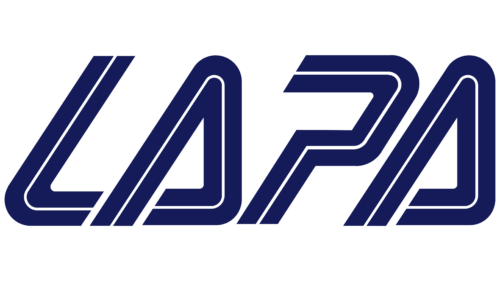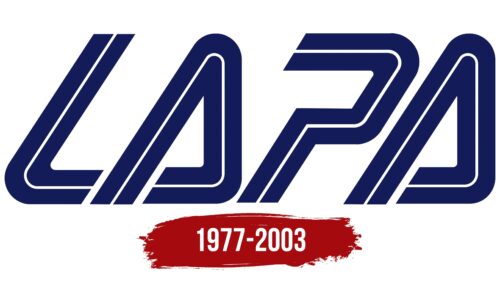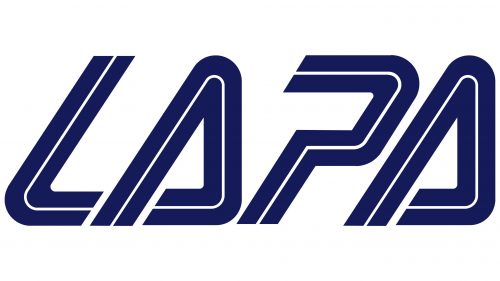 Lineas Aereas Privadas Argentinas Logo PNG
Lineas Aereas Privadas Argentinas Logo PNG
Lineas Aereas Privadas Argentinas: Brand overview
Founded in 1977, Lineas Aereas Privadas Argentinas, often referred to as LAPA was a privately owned Argentine airline. The airline was initiated by Argentine entrepreneurs who set out to provide air transportation primarily between Buenos Aires and other major Argentine cities.
In the late 1970s and into the 1980s, LAPA greatly expanded its fleet, adding jet aircraft and opening numerous domestic routes throughout Argentina. The airline’s operations were based on scheduled domestic passenger service, although charter flights were also operated.
By the 1990s, LAPA had become Argentina’s second-largest airline, behind only state-owned Aerolíneas Argentinas. At the height of its success, the airline had a fleet of about ten airplanes and flew to more than 15 destinations.
However, in the late 1990s, amid Argentina’s economic downturn, LAPA found itself in dire financial straits. Despite attempts at restructuring, the airline was never able to overcome its chronic debt problems. In addition, there were maintenance and safety issues with LAPA’s aging fleet of aircraft.
A 1999 accident near Buenos Aires that resulted in the tragic deaths of 63 people brought LAPA under intense scrutiny. In the early 2000s, inspections and safety violations repeatedly led to the grounding of airplanes.
Meaning and History
What is Lineas Aereas Privadas Argentinas?
It was a former Argentine airline based in Buenos Aires, offering regular passenger services to various domestic and regional destinations. As one of the first private airlines to emerge following the deregulation of the Argentine aviation market, it quickly established itself as a dynamic and innovative player, challenging the long-standing dominance of the state carrier Aerolineas Argentinas. The company operated a fleet of narrow-body aircraft, such as the Boeing 737 and Airbus A320, offering competitive fares and attractive schedules to meet the needs of both business and leisure travelers.
1977 – 2003
The logo features an abbreviated version of Lineas Aereas Privadas Argentinas: LAPA. The abbreviation consists of stylized letters, each of which has a unique design. The capital letter “L” has a significantly shortened horizontal stroke, the letter “P” lacks a large fragment, and both letters “A” resemble triangles. Each glyph is formed by three stripes: two blue on the edges and one white in the middle. The pronounced slope to the right creates a sense of movement, which is very important for an airline that should be associated with high speed.
The use of blue and white stripes also symbolizes the Argentine flag, adding to the brand’s national identity. The individual design of each letter makes the logo memorable and helps it stand out in a competitive market. The pronounced slant to the right signifies speed and gives the logo a dynamic feel, which is important to convey the airline’s focus on on-time and efficient service.




